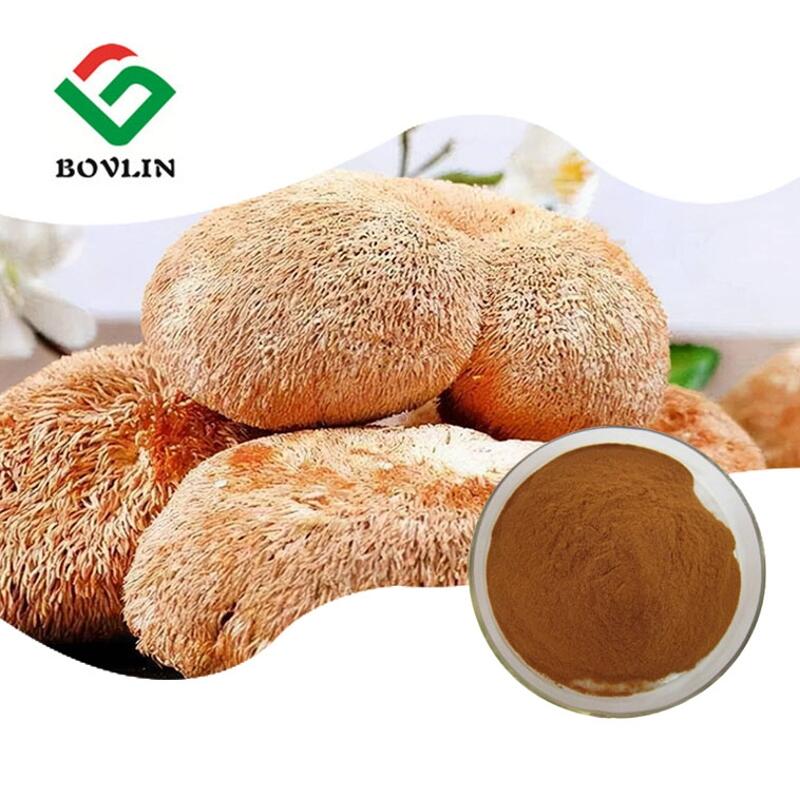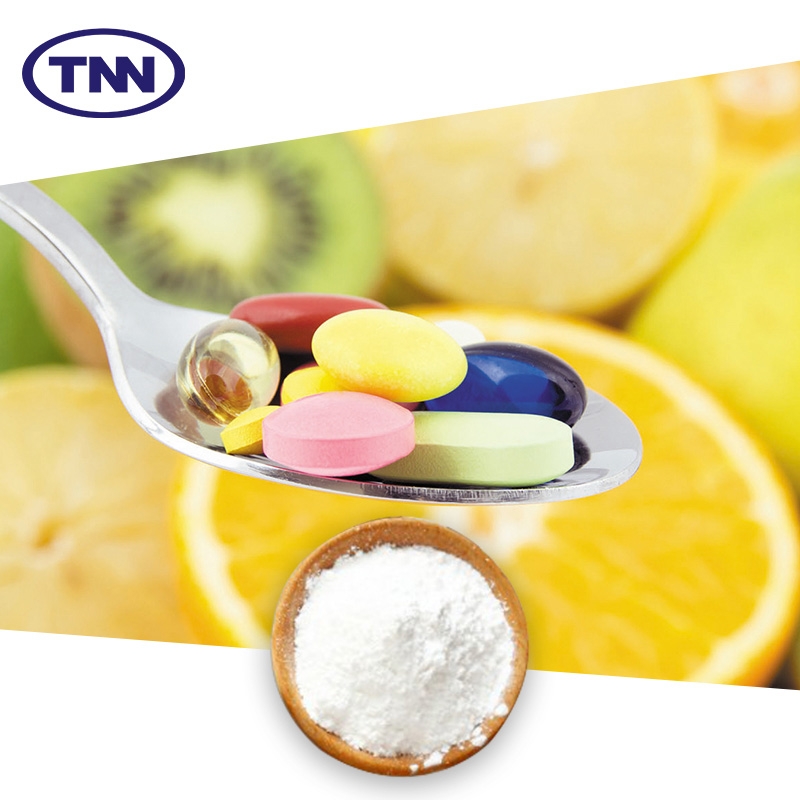-
Categories
-
Pharmaceutical Intermediates
-
Active Pharmaceutical Ingredients
-
Food Additives
- Industrial Coatings
- Agrochemicals
- Dyes and Pigments
- Surfactant
- Flavors and Fragrances
- Chemical Reagents
- Catalyst and Auxiliary
- Natural Products
- Inorganic Chemistry
-
Organic Chemistry
-
Biochemical Engineering
- Analytical Chemistry
-
Cosmetic Ingredient
- Water Treatment Chemical
-
Pharmaceutical Intermediates
Promotion
ECHEMI Mall
Wholesale
Weekly Price
Exhibition
News
-
Trade Service
Summer to cool, summer and autumn at the turn of the weather, although the weather turns cool, but the daytime temperature is still high, and occasionally rainy, the climate is changeable, is the foodborne disease prone to high incidence period
.
Point to prevent bacterial infection
Summer and autumn are particularly active seasons such as Salmonella, Staphylococcus aureus, and E.
Salmonella: A pathogenic bacterium
commonly found in nature.
Staphylococcus aureus: Simply Staphylococcus aureus, is a common foodborne pathogenic microorganism
.
E.
To prevent foodborne diseases caused by bacteria, Cheng Jingmin reminded consumers to pay attention to the following 3 points: First, cooking utensils and tableware at home should be cleaned frequently and kept clean
.
Cook thoroughly
After the white dew, crabs, fish, shrimp and other river fresh meat and seafood are fat, aquatic products are listed in large quantities, and seafood lovers can feast on the food
.
Vibrio parahaemolytic bacteria are salt-loving bacteria that occur naturally in seawater, coastal environments, seabed sediments and seafood such as shellfish, including a variety of marine fish, shrimp, crabs, shellfish, etc
.
The peak period of incidence of Vibrio parahaemolytic infection is summer and autumn, and the main etiological food is uncooked seafood or other ready-to-eat foods
contaminated with Vibrio parahaemolyticus.
Cheng Jingmin reminded consumers to pay attention to the following 3 points: First, choose a regular supermarket to buy fresh seafood; Second, pay attention to maintaining the hygiene of the utensils during processing, and be sure to cook thoroughly during processing; The third is to avoid a large number of aquatic products at one time, and try not to eat raw aquatic products
.
In addition to spoiled seafood and other aquatic products, some foods with high consumption risks and requiring consumers to stay away from or pay special attention to processing methods are: First, do not purchase, eat wild mushrooms, once selected or processed improperly, it is easy to lead to food poisoning, endangering life and health
.
Spoiled white fungus, fungus, and fresh white fungus that have not been dried are also more susceptible to contamination
by Pseudomonas coula.
Gastrointestinal discomfort prompt medical attention
Norovirus diarrhoea occurs throughout the year, and October to March is the season of high incidence of norovirus diarrhoea
.
Cheng Jingmin introduced that there are three main modes of transmission of norovirus: through food transmission, drinking water transmission, and human-to-human contact transmission
.
The first way to contaminate foods such as green leafy vegetables, fruits and dairy products by norovirus is pollution from the source of planting and breeding, including watering vegetables and fruits with virus-containing sewage, and shellfish farming waters being contaminated with norovirus
.
In addition, foods such as salads, coleslaw and berries, because they are no longer heated before eating or are not easy to clean thoroughly, can easily cause disease outbreaks
once contaminated by the virus.
The incubation period of acute gastroenteritis caused by norovirus is generally 24-48 hours, the main clinical manifestations are nausea, vomiting, diarrhea, abdominal pain, low-grade fever and other symptoms, most cases have nausea, vomiting and fever on the first day of the course, and diarrhea lasts longer, these symptoms usually disappear
after 2-3 days.
It should be emphasized that the symptoms of gastroenteritis caused by norovirus are similar to food poisoning and are less easily distinguishable
.
However, because norovirus can be transmitted through close contact between people, there is a greater
risk of large-scale population secondary transmission after human infection.
Therefore, once similar symptoms occur after eating, be sure to seek medical attention
in time.
To prevent norovirus infection, it is mainly to follow the 4 points of food safety recommended by the World Health Organization, one is to pay attention to the separation of raw and cooked food in storage; The second is to use clean ingredients and water to make food, and also to keep the food production environment clean; Third, the food should be thoroughly cooked, especially meat, poultry, eggs and seafood food, and the remaining food should be thoroughly heated before eating; Fourth, the prepared food should be eaten as soon as possible, otherwise it needs to be stored
at a safe temperature.
(Li Jian)
China Food News (2022/09/22/06)
(Editor-in-charge: Zhu Meiqiao)







